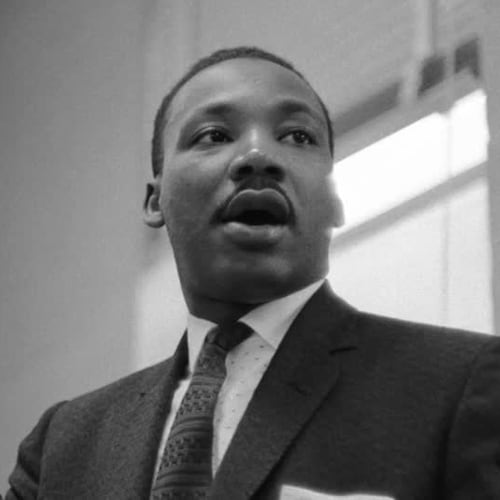This story was originally published in 2019. For our complete Black History Month coverage, click here.
Every time Dr. Miranda Bailey screams for a “Grey’s Anatomy” medical intern to run and grab a bag of blood from the hospital’s blood bank, the patient lying on the hospital gurney has Charles Drew to thank.
In the late 1930s, Drew invented a way to process and preserve blood plasma for transfusions, which allowed it to be stored, shipped and used for longer periods of time. Before that, blood was only able to be used for about a week.
Drew’s invention took on greater importance during World War II when he oversaw blood banks for British troops in the “Blood for Britain” project. He later became medical director of the America Red Cross National Blood Donor Service in 1941 and collected thousands of blood donations for American troops, making it the first mass blood-collection program of its kind.
But even in times of life and death, race remained a factor. At that time in the military, the blood of black and white soldiers was segregated. Drew’s arguments that race played no role in the quality of donated blood and who could use it fell on deaf ears. Ultimately, Drew resigned from the post when officials refused to change the policy.
He returned to Washington, D.C., where it all began.
Long before Drew became the “father of blood banks,” he was “Charlie,” a standout athlete. Growing up in D.C. as the son of a carpet layer, Drew won several awards for swimming, football, basketball and other sports. He graduated from D.C.’s famed Dunbar High School in 1922 and went on to Amherst College on a sports scholarship. At the time, medicine wasn’t his career choice. His high school yearbook said he wanted to be an electrical engineer.
A football injury that left him hospitalized and his sister’s death from tuberculosis led him to medicine, Drew would later say. After Amherst, he couldn’t afford his dream of attending medical school, so he worked as a biology teacher and coach for what is now Morgan State University, instead. Two years later, he applied to medical school and enrolled at McGill University in Montreal, earning M.D. and surgery degrees.
His father’s death brought him back to the United States and instructor positions at Howard University’s medical school and led to his research work in blood plasma and a doctorate from Columbia in 1940.
Ten years later, Drew would be dead.
The horrible rumor that the man who helped so many others live died because doctors in a white hospital refused to give him a blood transfusion is false.
But Drew, 45, did die a horrible death. While traveling with three other doctors to deliver a lecture, Drew supposedly fell asleep while driving, and the car ran off the road and flipped. He was thrown from the car, which also rolled over him. Drew was left with severe chest injuries and had lost so much blood by the time he was taken to the white hospital that he couldn’t be saved.
At his funeral, the Rev. Jerry Moore said Drew had “a life which crowds into a handful of years’ significance, so great, men will never be able to forget it.”
About the Author
The Latest
Featured



